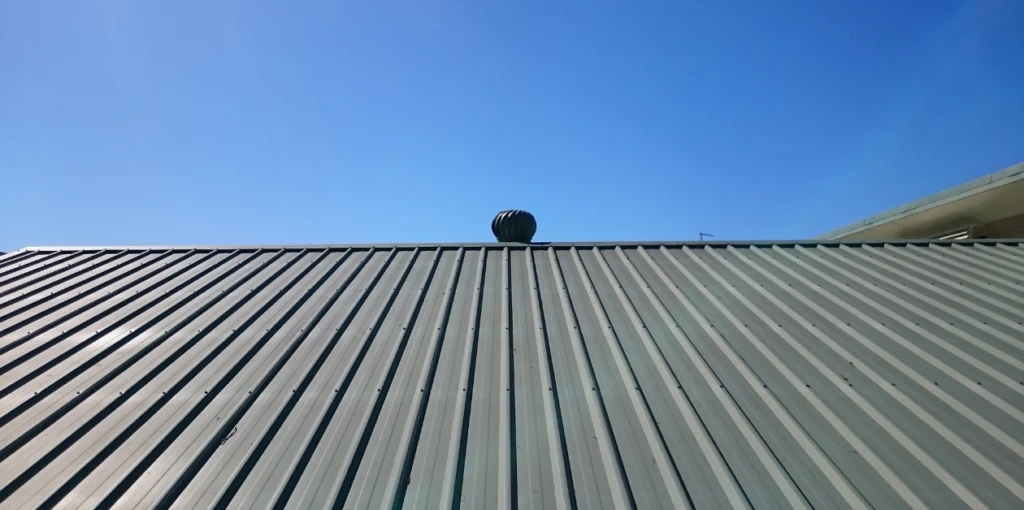
If you’re in the market for new insulation or looking to improve your home’s energy efficiency, you’ve probably come across the term “R-value.”
But what exactly is R-value, and why is it important? Put simply, R-value is a measure of thermal resistance. The higher the R-value, the better the insulation’s ability to resist heat transfer.
In this article, we’ll delve into the nitty-gritty of R-value, including how it’s calculated, what factors impact it, and why it matters for your home’s comfort and energy bills.
So, whether you’re a homeowner, contractor, or DIY enthusiast, read on to learn everything you need to know about R-value and how to make informed decisions about your insulation needs.
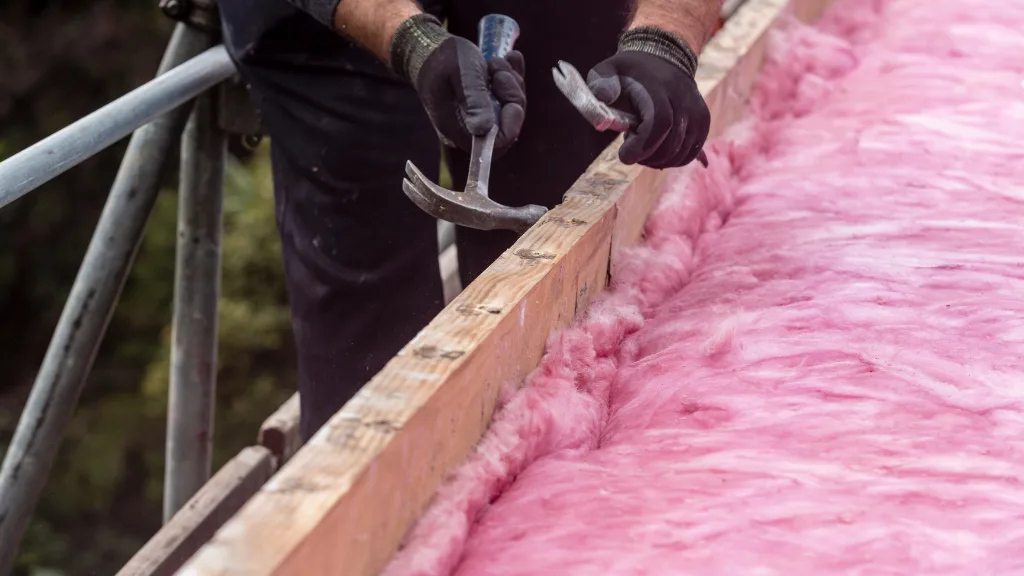
What is R-Value?
If you’re a homeowner looking to improve your home’s energy efficiency, you may have heard of R-value. But what exactly is it? In this section, we’ll explore the definition of R-value, how it’s measured, and why it’s important to consider when insulating your home.
Definition
R-value is a measure of thermal resistance to heat flow. In simpler terms, it measures how well a material or assembly (such as an insulated wall) resists the transfer of heat from one side to the other. The higher the R-value, the better the material is at insulating.
How is R-Value Measured?
R-value is measured in units of thermal resistance, typically in imperial units of square feet times degrees Fahrenheit times hours per British thermal unit (ft2·°F·h/Btu).
The metric equivalent is square meters times degrees Celsius per watt (m2·°C/W). R-value is calculated by dividing the thickness of the material (in inches or meters) by its thermal conductivity (in Btu·in/h·ft2·°F or W/m·K).
Why is R-Value Important?
R-value is important because it affects the thermal performance of your home. The United States Department of Energy (DOE) recommends different insulation R-values for different areas of the country based on climate zones.
In colder climates, higher R-values are recommended to keep heat inside the home and reduce energy bills. In warmer climates, lower R-values are recommended to allow heat to escape and keep the home cooler.
Insulation with a higher R-value can also help reduce air infiltration, which can lead to energy savings.
Different types of insulation, such as blown-in insulation, batt insulation, foam board insulation, and radiant barriers, all have different R-values and can be used in different areas of the home, such as crawlspaces, basements, and the attic floor.
It’s important to note that R-value is just one factor to consider when insulating your home. Building codes may also specify a U-value (the inverse of R-value) or require certain types of insulation in certain areas.
Additionally, factors such as thermal conductivity, convective heat transfer, and the behavior of different materials in different temperatures can all affect the overall thermal performance of your home.
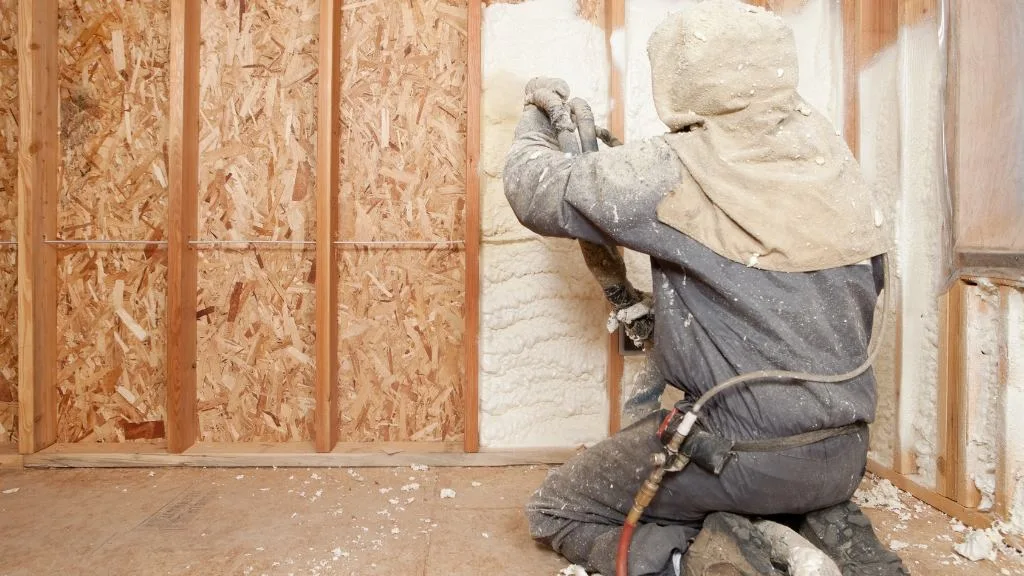
Types of Insulation
When it comes to insulation, there are various types available in the market. Each type has its own unique features and benefits. Here are the three most common types of insulation:
Fiberglass Insulation
Fiberglass insulation is made of tiny glass fibers and is one of the most commonly used types of insulation. It is available in both batts and blown-in form. Fiberglass insulation is affordable and easy to install.
It is also non-combustible and does not absorb water. However, it can be irritating to the skin and lungs, so it is important to wear protective clothing and a mask when installing it.
Cellulose Insulation
Cellulose insulation is made of recycled paper products and is a popular choice for those who are looking for an eco-friendly option. It is available in both blown-in and loose-fill form.
Cellulose insulation is a good choice for those who want to reduce their carbon footprint. It is also resistant to fire, insects, and mold. However, it can be more expensive than other types of insulation.
Spray Foam Insulation
Spray foam insulation is a two-component mixture that is sprayed onto surfaces and then expands to fill the space. It is available in both open-cell and closed-cell form.
Spray foam insulation is a good choice for those who want to create an airtight seal. It is also resistant to moisture, mold, and pests. However, it can be more expensive than other types of insulation.
In summary, each type of insulation has its own unique features and benefits. When choosing insulation, consider factors such as cost, environmental impact, and effectiveness.
It is also important to consult with a professional to determine the best insulation type for your specific needs.
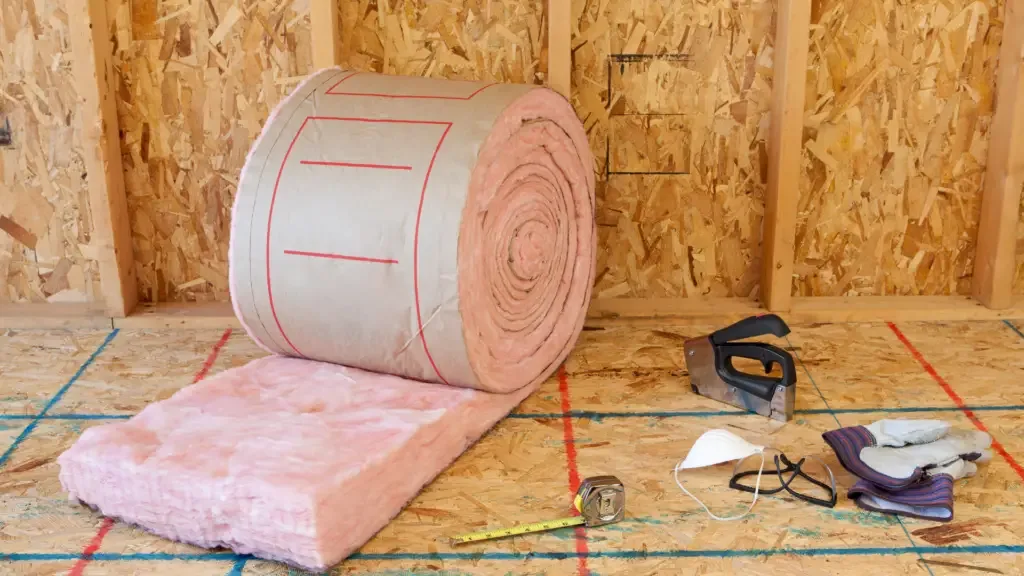
Factors Affecting R-Value
When it comes to insulation, the R-value is an essential factor to consider. It measures the insulation’s resistance to heat flow, and the higher the R-value, the more effective the insulation will be at insulating your home.
However, several factors can affect the R-value of your insulation, and it is essential to understand them to ensure that your insulation is performing at its best.
Climate Zone
The climate zone you live in is a significant factor that affects the R-value of your insulation. The United States is divided into eight climate zones, each with its unique weather patterns.
The higher the climate zone number, the colder the region. If you live in a colder climate, you will need insulation with a higher R-value to keep your home warm. Conversely, if you live in a warmer climate, you will need insulation with a lower R-value to keep your home cool.
Locations
The location of your home can also affect the R-value of your insulation. If your home is located in an area with high winds, you may experience more heat loss due to air infiltration.
This means that you will need insulation with a higher R-value to compensate for the heat loss. Similarly, if your home is located in an area with high humidity, you may need insulation that can resist moisture to maintain its R-value.
Air Leaks
Air leaks can significantly affect the R-value of your insulation. Air leaks occur when there are gaps or cracks in your home’s walls, ceilings, or floors, allowing air to escape.
This can lead to heat loss in the winter and heat gain in the summer, reducing the effectiveness of your insulation. To prevent air leaks, you can use weatherstripping and sealants to seal any gaps or cracks.
In conclusion, several factors can affect the R-value of your insulation, including climate zone, location, and air leaks. It is essential to consider these factors when choosing insulation for your home to ensure that it is performing at its best.
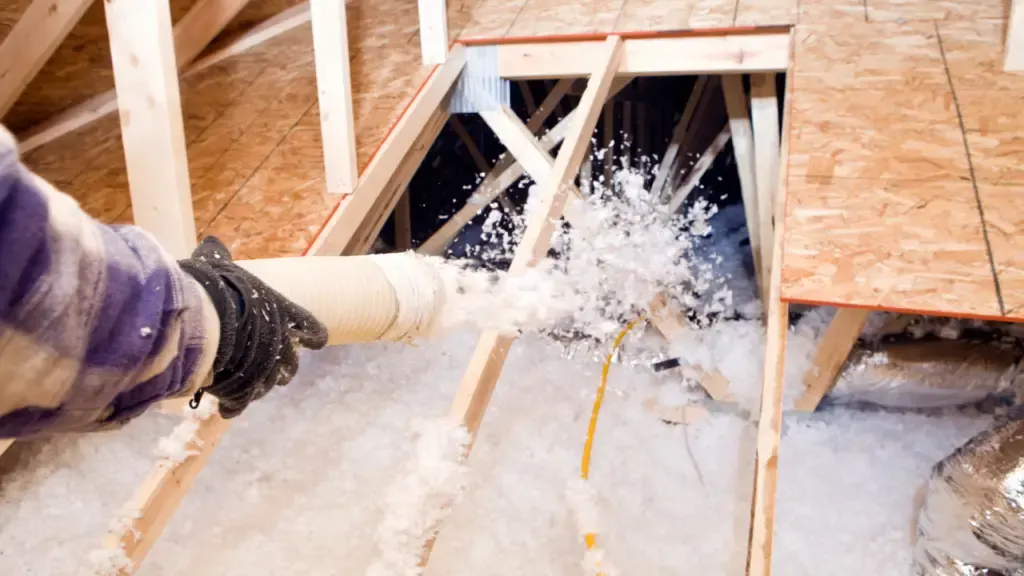
How to Choose the Right Insulation
When it comes to choosing the right insulation for your home, there are several factors to consider. Insulation R-value is an important factor, but it’s not the only one. Here are some things to keep in mind when choosing insulation:
Cost-Effective
The cost of insulation can vary widely depending on the type of insulation, the R-value, and the size of your home. However, it’s important to remember that investing in high-quality insulation can save you money in the long run.
Better insulation can reduce your energy bills by keeping your home at a more consistent temperature, which means your heating and cooling systems won’t have to work as hard.
Thermal Performance
The R-value of insulation is a measure of its thermal performance. The higher the R-value, the better the insulation will be at slowing the transfer of heat.
However, it’s important to choose insulation with the right R-value for your climate and location.
The table below, provided by ENERGY STAR, shows what levels of insulation are cost-effective for different climates and locations in the home:
| Climate Zone | Attic | Walls | Floors |
|---|---|---|---|
| 1 | R30 to R49 | R13 to R15 | R13 |
| 2 | R30 to R60 | R13 to R15 | R13 to R19 |
| 3 | R30 to R60 | R13 to R21 | R25 to R30 |
| 4 | R38 to R60 | R13 to R21 | R25 to R30 |
| 5 to 8 | R49 to R60 | R13 to R21 | R25 to R30 |
Mold
Insulation can be a breeding ground for mold if it gets wet. This can happen if there is a leak in your roof or walls.
If you live in an area with high humidity or frequent rain, it’s important to choose insulation that is resistant to mold. Fiberglass and cellulose insulation are both resistant to mold, but spray foam insulation can be a better option in areas with high humidity.
Air Infiltration
Air infiltration can be a major problem in homes with poor insulation. Air leaks can allow cold air to enter in the winter and hot air to enter in the summer, which can make your home uncomfortable and increase your energy bills.
It’s important to choose insulation that is air-tight and can prevent air infiltration. Spray foam insulation is the most effective at preventing air leaks, but it can be more expensive than other types of insulation.
In conclusion, choosing the right insulation for your home requires careful consideration of several factors. Insulation R-value is important, but it’s not the only factor to consider.
By considering cost-effectiveness, thermal performance, mold resistance, and air infiltration, you can choose the insulation that will provide the best value and comfort for your home.
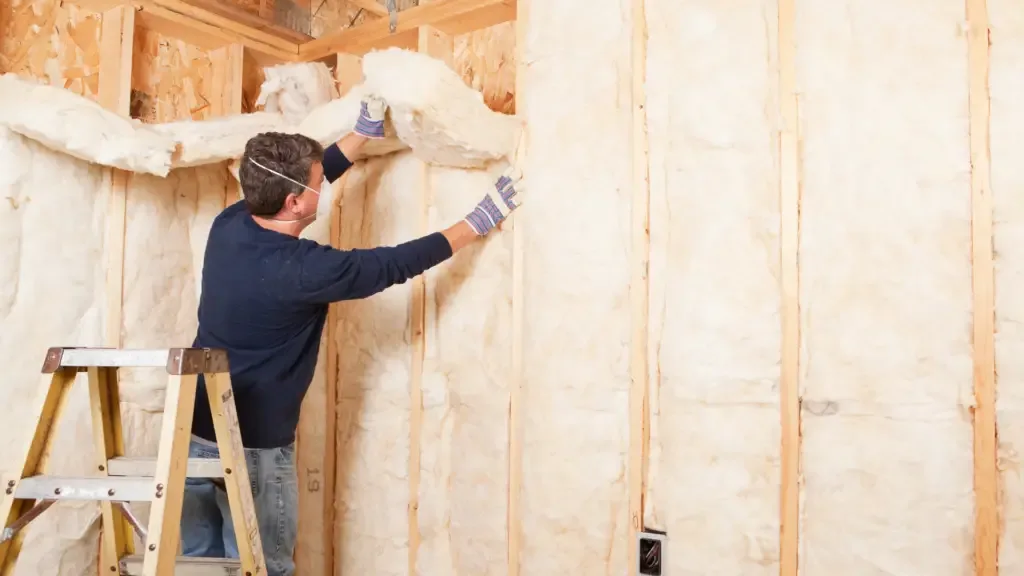
Conclusion
In conclusion, the R-value is a crucial measurement of thermal resistance used to determine the heat loss from one side of an object to another. The higher the R-value, the more insulation and less heat loss you can expect.
It is important to note that the R-value of a material can vary depending on factors such as thickness, density, and installation methods.
When choosing insulation for your home or building, it is essential to consider the R-value of the material. The Department of Energy recommends different R-values for different regions of the United States, depending on the local climate.
For example, in colder regions, a higher R-value is needed to keep the heat inside, while in warmer regions, a lower R-value is sufficient.
It is also important to note that the R-value is just one factor to consider when choosing insulation. Other factors such as moisture resistance, fire resistance, and soundproofing should also be taken into account.
Consulting with a professional insulation contractor can help you choose the best insulation for your specific needs.
Overall, understanding the R-value is crucial for ensuring that your home or building is properly insulated and energy-efficient. By choosing insulation with a high R-value and taking other factors into consideration, you can save money on energy bills and reduce your carbon footprint.

